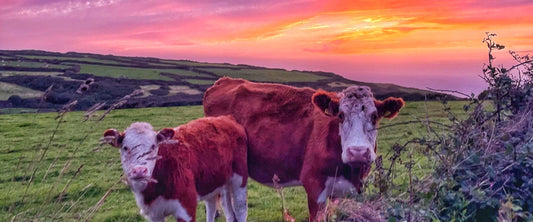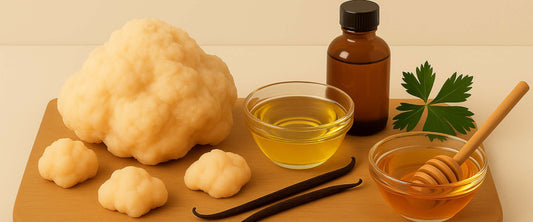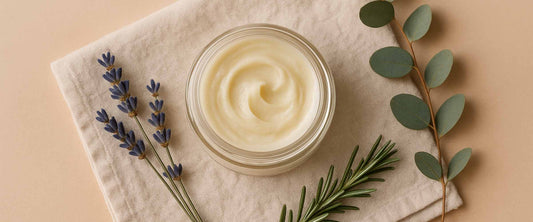
8. Suet on Your Skin? Let’s Clear Up the Confusion
Suet-based skincare gets a lot of raised eyebrows—until people actually try it.
But before that, there are a few common myths that deserve clearing up. Let’s break them down.
First: “Isn’t suet just grease?”
No. Suet is a clean, nutrient-rich fat from around the kidneys of grass-fed cows. Once it’s carefully rendered and filtered, it becomes tallow—smooth, stable, and packed with fat-soluble vitamins. It’s not like cooking grease or leftover drippings. It’s closer to what your skin naturally produces than most plant oils.
Next: “Won’t that clog my pores?”
Not if it's high-quality and properly rendered. Suet-based tallow is non-comedogenic for most people. It contains fatty acids like stearic and oleic acid that actually support your skin barrier. Because its structure is so similar to human sebum, it absorbs quickly without leaving a greasy residue. Many people with acne-prone or sensitive skin find tallow soothing, not irritating.
Another one: “Isn’t animal fat outdated and gross?”
Modern marketing made it seem that way. But our ancestors knew better, and science is catching up. Suet has been used in skincare for centuries for a reason—it works. What’s truly outdated are chemical-heavy creams full of petroleum, preservatives, and synthetic emulsifiers.

And finally: “Isn’t it unethical to use animal fat?”
This is where sourcing matters. We use suet that’s a byproduct of ethical, organic, grass-fed farming. Nothing is wasted. The suet would otherwise be discarded—but when used mindfully, it becomes a powerful, natural skincare ingredient. Respect for the animal and the land is built into every step of our process.
The truth? Suet-based tallow is not a gimmick. It’s not a fad. It’s a deeply nourishing, time-tested ingredient that modern skincare forgot—and now, it’s making a quiet, powerful comeback.
Read next: Suet-Based Tallow vs Plant Oils





